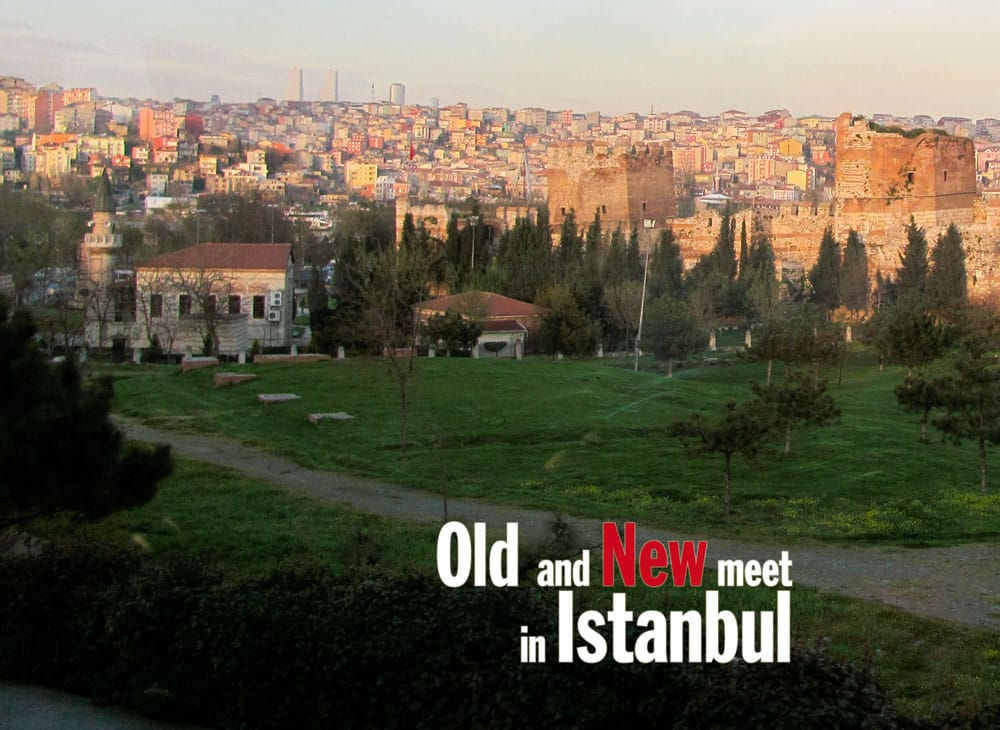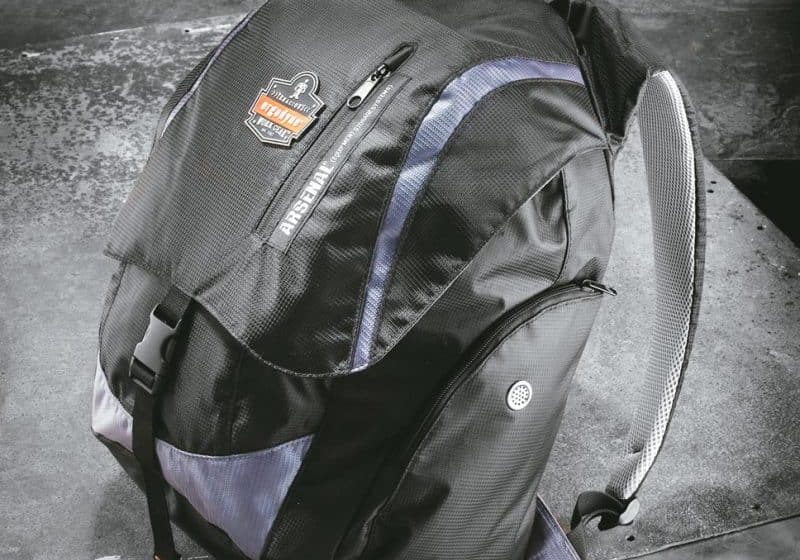EW’s publisher tours Asansör 2011’s host city.
The airport in Istanbul is modern, efficient and very much a part of the 21st century, but when you step out-side, you immediately know that you are treading on ancient lands. Founded in 667 BC, few cities have such vis-ible layers of old and new side by side. It is a walled city, very low rise with only occasional high-rise office buildings in the distance (1). A four-lane highway passes through arches of the Valens Aqueduct (2) built in the fourth century. Your publisher was thrilled to arrive in the midst of “tulip time,” where every street was neatly decked out with overflowing gardens (3).
The weather was cool and windy but clear; from our downtown hotel, we were able to walk to the city square (4). Having only an afternoon to sightsee, we headed to the hill overlooking the city where world-famous structures — the Blue Mosque (5) and Saint Sophia (6) —abide. This section of the old city has many wonderful restaurants, shops and parks. It leads into the Grand Bazaar, a covered warren of stalls selling hookahs, rugs, enamel work and shawls mixed in with occasional high end retail stores. The market winds its way out into a more general shopping plaza of narrow stone streets (7).
Evening found us down by the water’s edge in an area known as Ortaköy. The beautiful Ortaköy Mosque (of the same name) looks out on the Bosporus beneath the bridge (8) connecting the Asian and European sides of Istanbul. Many cafés and bars line the shore, and, outside, each owner stands and shouts “kebabs” or “fresh fish,” vying with others to pull you into the restaurant (9). The streets are full of people strolling and vendors selling food. In the narrow streets surrounding the waterfront are more small shops.
Get more of Elevator World. Sign up for our free e-newsletter.










